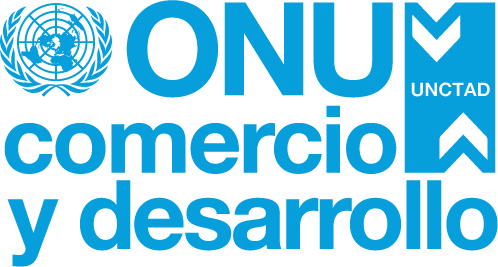| EMBARGO The contents of this press release and the related Report must not be quoted or summarized in the print, broadcast or electronic media before 19 July 2007, 17:00 GMT (1 PM New York, 19:00 Geneva) |
The front cover of the Least Developed Countries Report 2007
The front cover of the Least Developed Countries Report 2007, subtitled "Knowledge, Technological Learning and Innovation for Development", shows two maps of the world in which countries are not shown according to their surface area (as usually done). Rather, in the top map countries are resized according to the commercial knowledge they generate, and in the bottom map they are resized according to the number of poor people living there.
More precisely, in the top map countries have been resized according to the proportion of worldwide earnings derived from royalties and licence fees. A royalty or a licence fee is paid by someone who wants to use an idea, invention or artistic creation that legally belongs to someone else (i.e. that is someone else´s intellectual property). Countries can both receive such payments from abroad (when they have commercial knowledge that interests foreigners) or make such payments to foreign agents (when they want to use foreigners´ commercial knowledge). Earnings from commercialized knowledge and innovation are strongly concentrated in developed countries located in the Northern hemisphere. Countries in the South typically make such payments but receive little, if anything, from abroad. Over half (53%) of the value of all royalty and license fees paid worldwide in 2002 were received in one country: the United States. Large proportions of these fees were also received in Japan and the United Kingdom.
In the bottom map of the cover page of the Report, territories have been resized according to the proportion of extremely poor people (those living on less than $1 per day) that live there. Poverty is strongly concentrated in developing countries located in the Southern hemisphere. In over twenty countries more than a third of the population lives on less than $1 a day. All but two of these countries are in Africa.
The two maps show that the global knowledge divide is almost a mirror image of the global poverty divide. Reducing poverty requires that poor countries achieve technological upgrading, master and produce knowledge, and invest in innovation. The Least Developed Countries Report 2007 shows why this is so and how to reach these goals.



